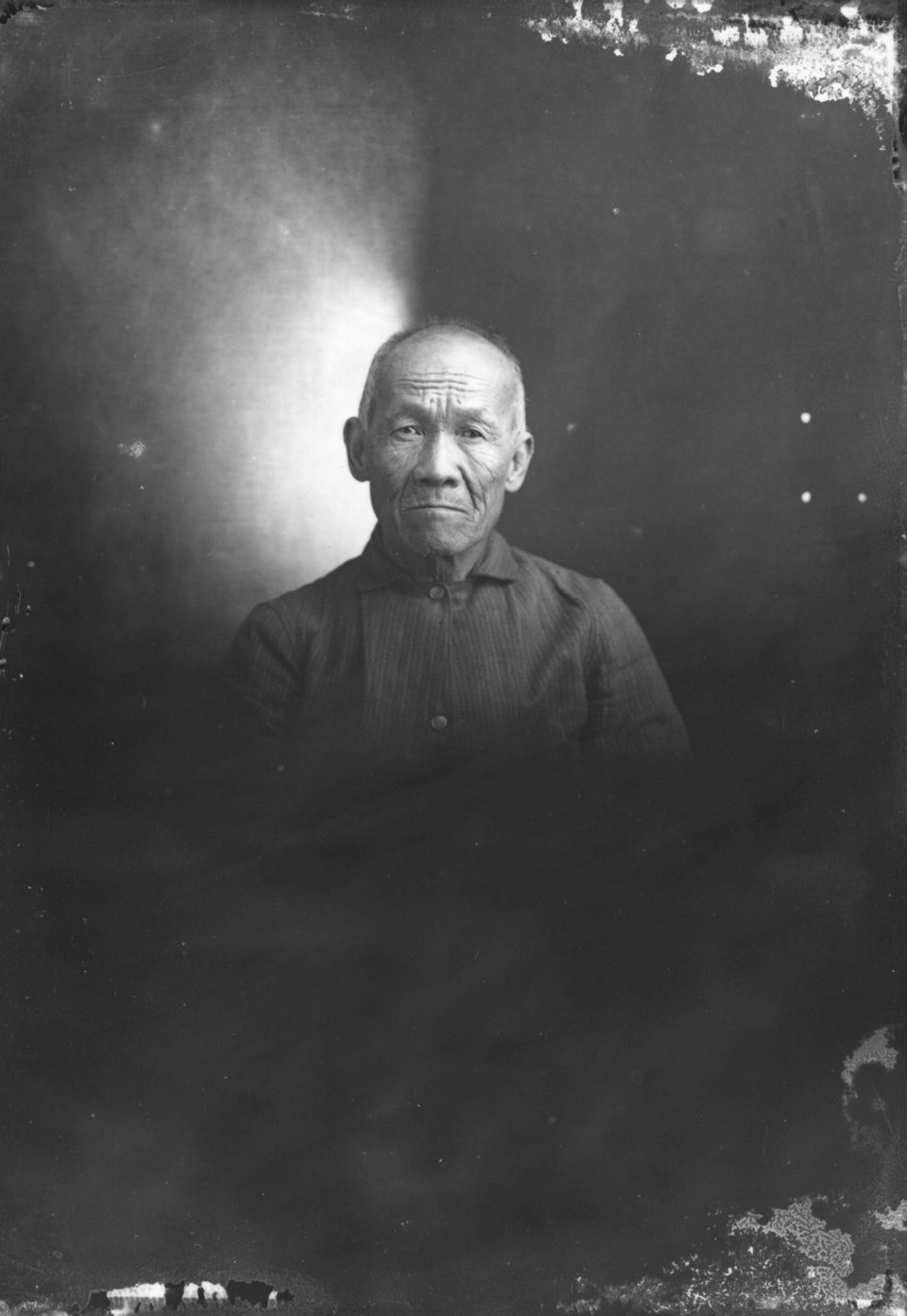In the late 1800s, tiny Cumberland was a thriving Comox Valley mining town with more 3,000 Chinese settlers and two Chinatowns that boasted opera houses, businesses and homes.
Throughout B.C., many similar historic Chinese communities have been forgotten or endure only through artifacts in small town museums.
A Vancouver Island-based pilot project announced this week aims to digitize and archive these artifacts — providing access to thousands of items and hundreds of years of Chinese-Canadian history online.
“It’s very exciting because, for small museums like us, part of our challenge is getting the word out about what we have,” said Anna Rambow, executive director of the Cumberland Museum and Archives.
The pilot project is funded through a $75,000 grant from the provincial government and co-ordinated in partnership with the University of Victoria, the B.C. Museums Association and a legacy council created to document and preserve historical Chinese items as part of an apology for past mistreatment by the government.
The Cumberland and Nanaimo museums will be the first to have their extensive Chinese cultural items archived. The project will include about 10 other small towns around the province.
“We have more than 1,100 items in our collection and they are quite a range — from scrolls and photographs to opium and tobacco paraphernalia,” said Rambow, adding her favourite items are two tapestries the Chinese community presented to a local doctor in 1900.
“He treated them well and took care of the community during a time when there was a lot of discrimination,” she said.
Aimee Greenaway at the Nanaimo Museum said its collection contains more than 500 items dating from the 1860s to the 1960s — when the last of the city’s four Chinatowns burned down.
Chinese workers first came to the Island in 1788 when they landed with Capt. John Meares in Nootka Sound to build the first non-Indigenous year-round settlement.
Among the items at the Nanaimo museum are ancient Chinese coins and an ornate apothecary chest owned by traditional Chinese doctor Wong Kee Soon in 1915.
Both museums will photograph and add details to their internal archives over the next two months to prepare them to be digitized and online. “Now anyone will be able to learn about the local Chinese history from anywhere.”
The Chinese Canadian Artifacts project will be overseen by University of Victoria historians in partnership with the Cultural Resource Management Program.
Program co-ordinator Tusa Shea said the idea came about during a meeting last fall where a large consortium of organizations and individuals with an interest in Asian Canadian history discussed how to document and share historical Chinese items from small communities.
“There is such a wealth of material and wonderful stories but much of it is hidden histories,” she said. “We’ll be there to support local museums who don’t get a lot of funding to bring these artifacts to the project.”
Shea expects the project to be accessible to the public online, hosted by UVic, by December.



